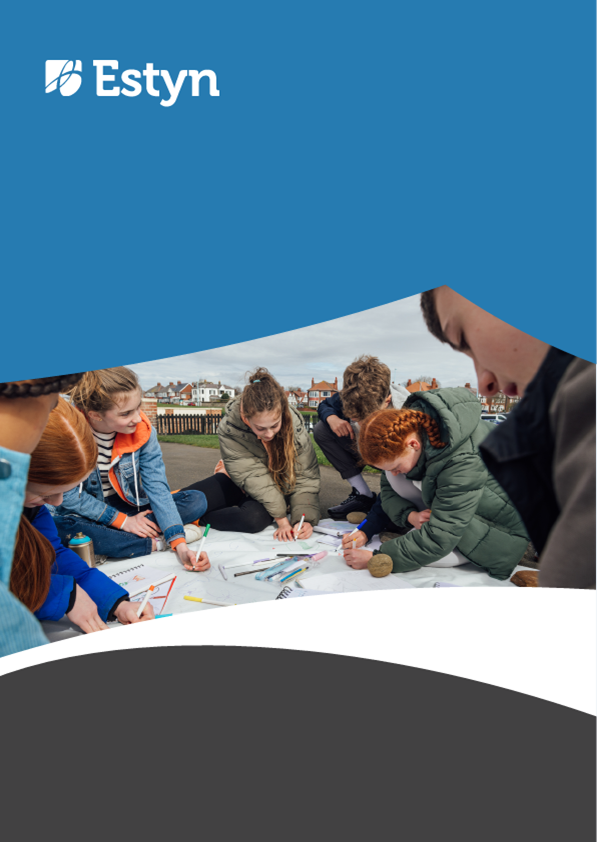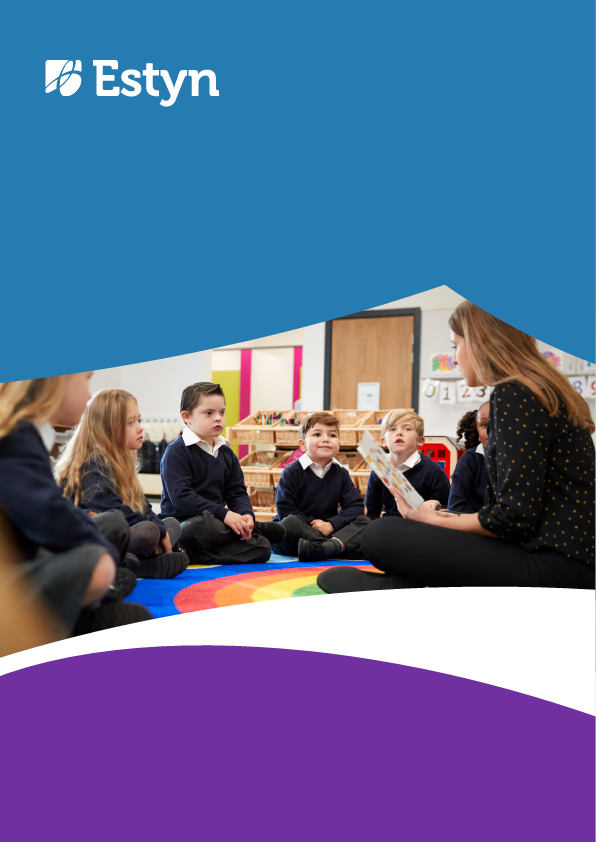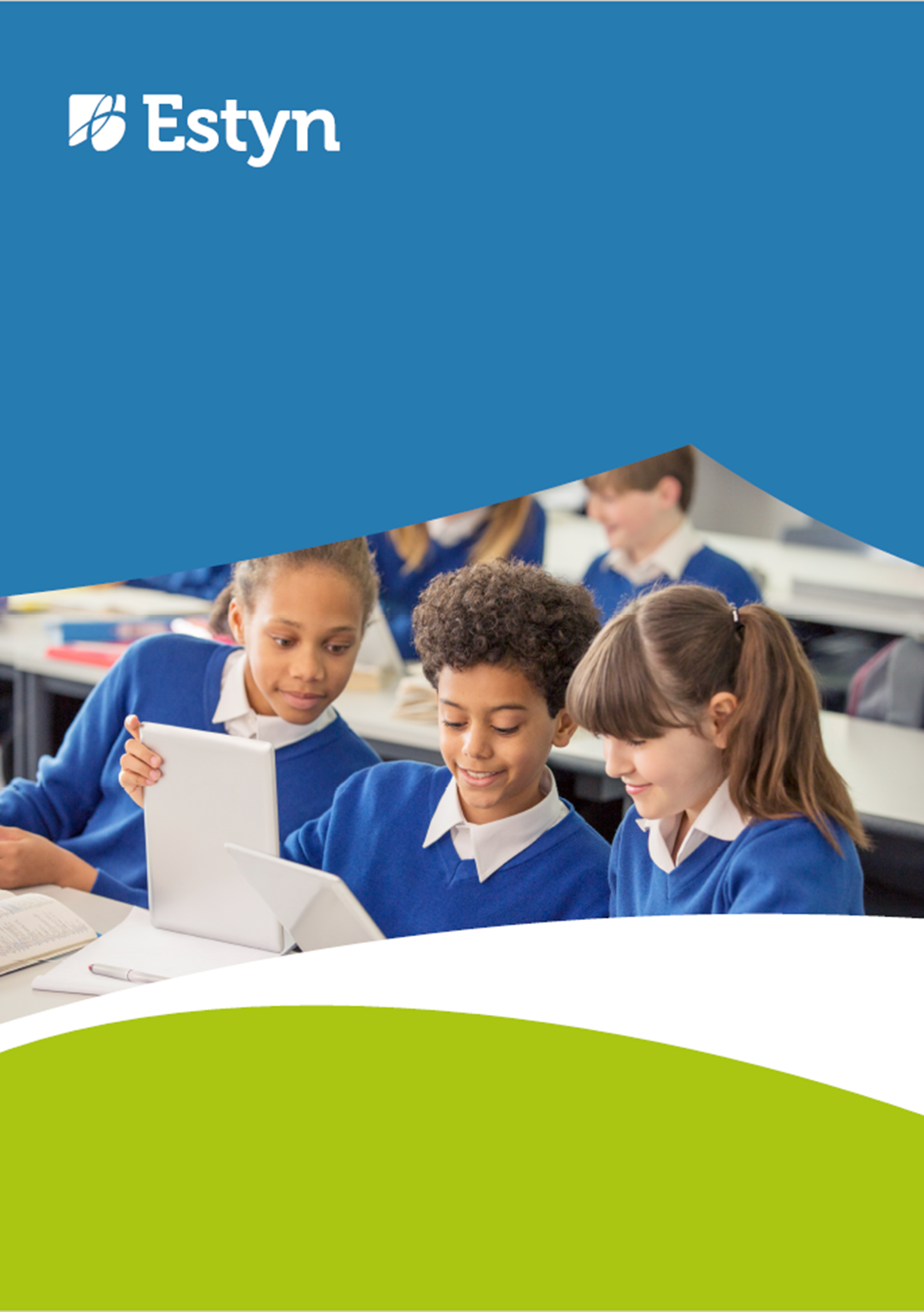Inspection Guidance Type: What and how we inspect

This handbook sets out our approaches to inspecting Welsh language immersion arrangements in local authorities. It explains how we inspect. The guidance is essential reading for reporting inspectors and all other members of the inspection team. It may also be useful for providers to support their understanding of the inspection mind-set and methodologies.
The guidance should be read alongside ‘What we inspect’, which outlines the inspection framework. Local authorities and Welsh language immersion providers can use this guidance to see how inspections work.
Where the inspection identifies practice worth sharing, inspectors will include a spotlight of this practice as part of the inspection report. Where the inspection identifies important concerns in relation to standards, quality of education and training or leadership and management, we will arrange follow-up activity to support improvement. Guidance on follow-up activity is available on p13 of this handbook.







